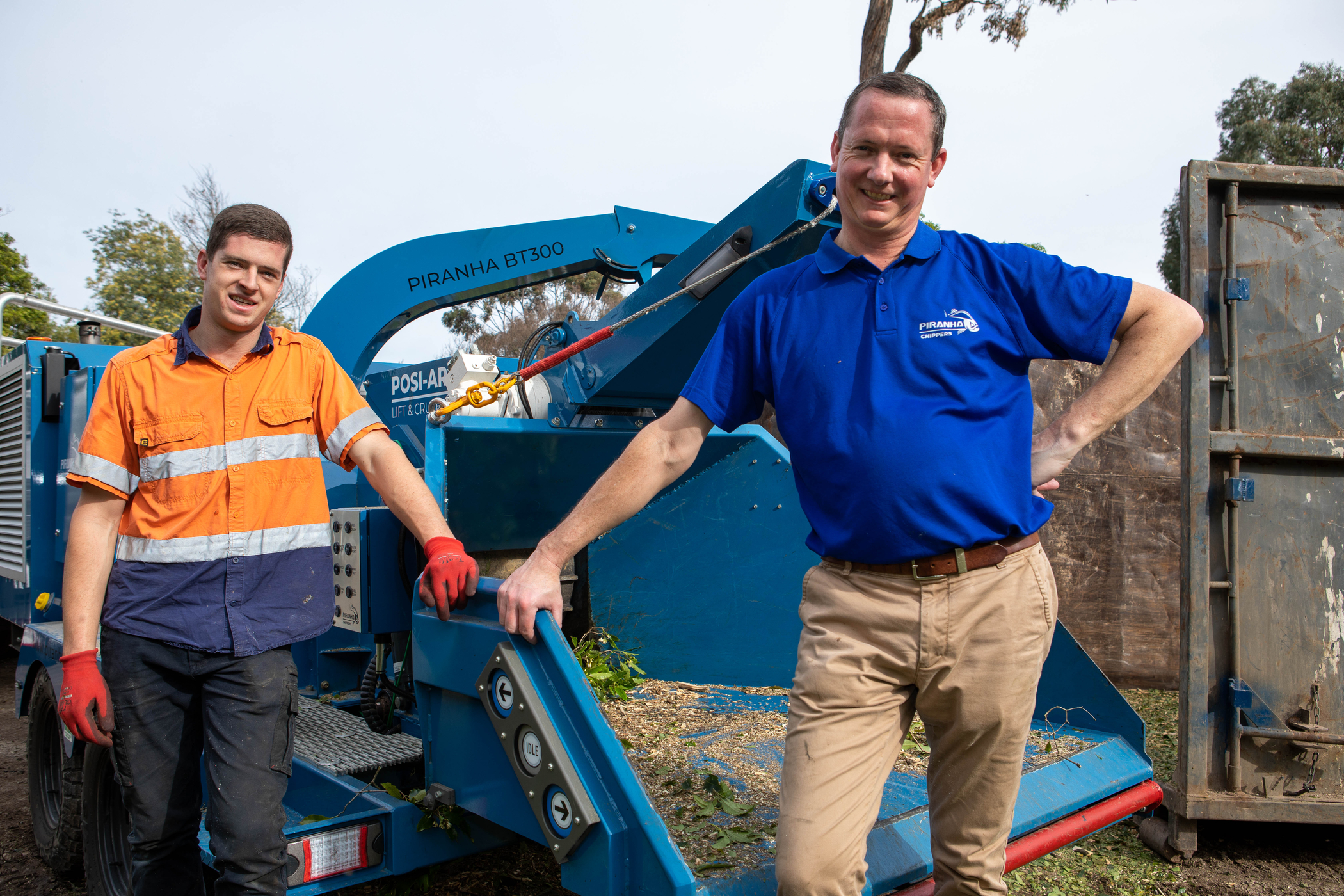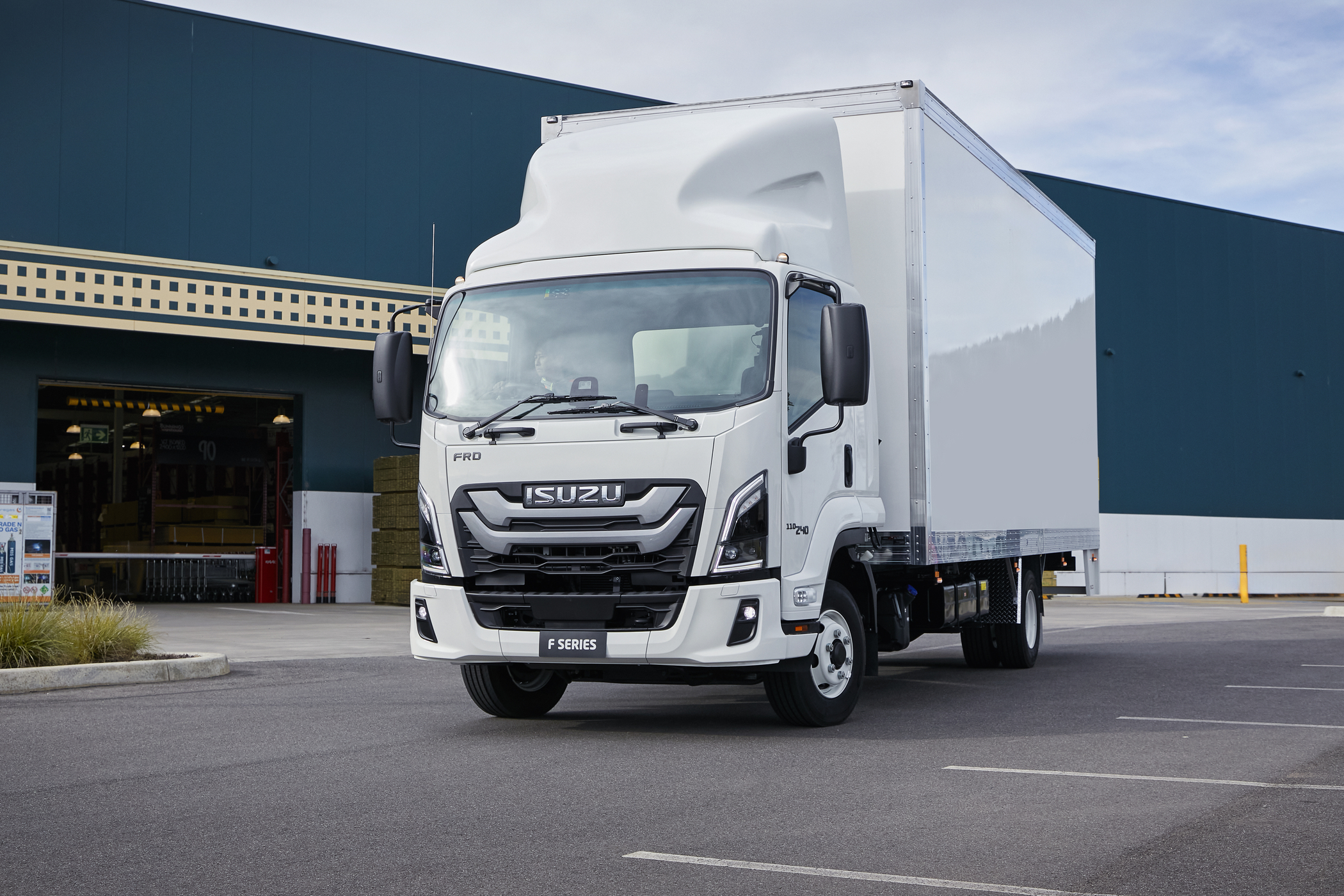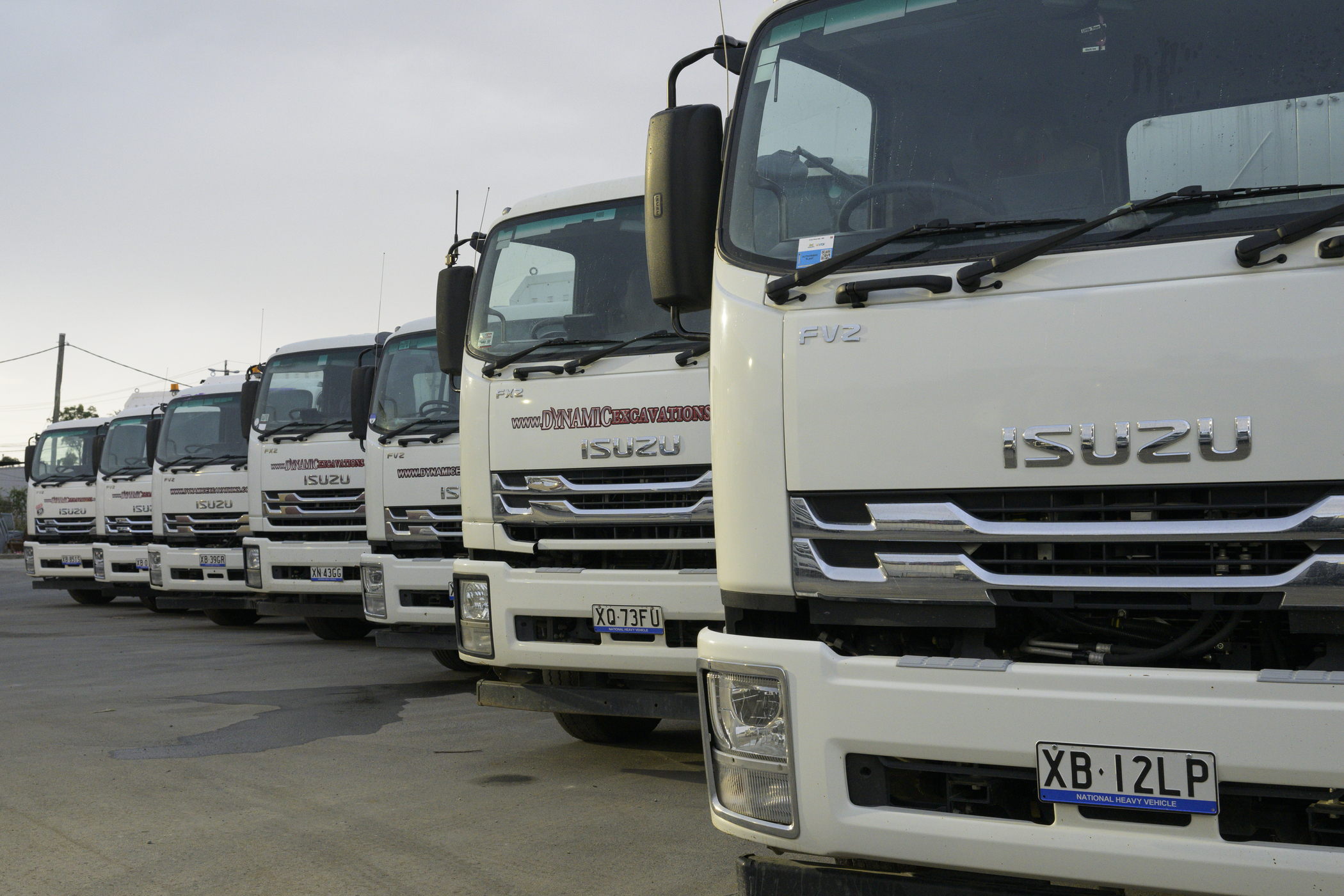THE CHANGING FACE OF URBAN ROADS

 Trucks have been fulfilling our cities’ freight needs since the first heavy vehicle rolled off the production line. Yet designing urban centres to accommodate trucks doesn’t seem to have crossed the minds of the world’s planners and policymakers until the mid-1990s. Town planners treated freight transport like any other industry, relegating hubs to out-of-the-way locations that wouldn't bother residents in metropolitan areas. Despite freight transport’s massive impact on an economy’s efficiency, truck drivers were forced to deal with flawed road networks. When governments realised how crucial urban freight transport is to the success of densely populated environments, planning for it became a much greater priority. With more than three quarters of Australians now residing in major cities (where 80 per cent of the nation’s economic activity occurs), the importance of creating efficient and effective supply chains is becoming a large concern for all levels of government. The challenge they face is how to implement freight transport strategies that allow efficient goods movement through urban centres, while minimising the environmental and social impacts of heavy vehicle traffic. This is no small task, with road congestion predicted to cost the Australian economy $20.4 billion a year by 2020, it’s vital legislators act quickly.
Trucks have been fulfilling our cities’ freight needs since the first heavy vehicle rolled off the production line. Yet designing urban centres to accommodate trucks doesn’t seem to have crossed the minds of the world’s planners and policymakers until the mid-1990s. Town planners treated freight transport like any other industry, relegating hubs to out-of-the-way locations that wouldn't bother residents in metropolitan areas. Despite freight transport’s massive impact on an economy’s efficiency, truck drivers were forced to deal with flawed road networks. When governments realised how crucial urban freight transport is to the success of densely populated environments, planning for it became a much greater priority. With more than three quarters of Australians now residing in major cities (where 80 per cent of the nation’s economic activity occurs), the importance of creating efficient and effective supply chains is becoming a large concern for all levels of government. The challenge they face is how to implement freight transport strategies that allow efficient goods movement through urban centres, while minimising the environmental and social impacts of heavy vehicle traffic. This is no small task, with road congestion predicted to cost the Australian economy $20.4 billion a year by 2020, it’s vital legislators act quickly.
What’s been done already
Australia’s states and territories have formulated strategies for how the freight industry’s projected growth will specifically impact the roads in their jurisdiction. The councils governing capital cities have also devised plans to help drivers move their heavy vehicles through urban areas with as little impact on city infrastructure and amenities as possible.
What’s currently in the works
Governments are recognising ways to maximise efficiencies in land use planning, the area of urban planning responsible for the effective development of space. There’s a push to concentrate industrial land around transport corridors to boost efficiencies and minimise disruption to other road users. This heightened focus on land use planning is accompanied by recognition of the importance of road infrastructure investment. This means building roads that can handle you hauling a full load over them, day in, day out, and bridges that won’t give your trailer a haircut when you go under them. These measures are accompanied by a widespread understanding that urban areas need clear and accurate signage regarding loading zones and which roads heavy vehicles can and can’t be driven on. These efforts are designed to simplify truck drivers’ lives and minimise disruption and delays on our roads. The freight transport industry’s growth is also impacting how cities approach housing and development. The Brisbane City Council has identified its preferred freight network and new developments slated for heavily trafficked roads will have to meet extra building requirements, including setting structures back from main roads and installing double-glazed windows, to ensure residents’ comfort. So look out for these changes in Queensland in the coming years. As governments work to insulate communities against the impact of the increasing freight task, transport companies are looking at ways to reduce the impact of their operations. Initiatives such as increasing vehicle load through freight consolidation and off-peak deliveries are helping businesses cut costs and minimise the disruption heavy vehicles cause on the road.
What the future might hold
As Australia’s urban population continues to rise and the demand for goods increases, it will become more important for businesses to find less invasive ways to transport freight. Light and medium-duty trucks, such as the Isuzu N Series range, are meeting the needs of companies looking for nimble vehicles better suited to urban environments, but some government bodies are looking even further. The City of Melbourne’s 2016 Last Kilometre Freight Plan goes so far as to call for more cargo bike couriers to pedal deliveries to destinations within the CBD. While the future of freight transport remains in a state of flux, one thing is certain: as the landscape of major cities continue to evolve, so too will our expectations of how goods will be delivered. As governments continue to look at ways to create cities that allow for the efficient provision of goods, the freight industry must evolve with them.


The all-new Isuzu truck range is about to arrive.
Register your interest and we'll keep you in the loop with the latest updates.
Learn More



